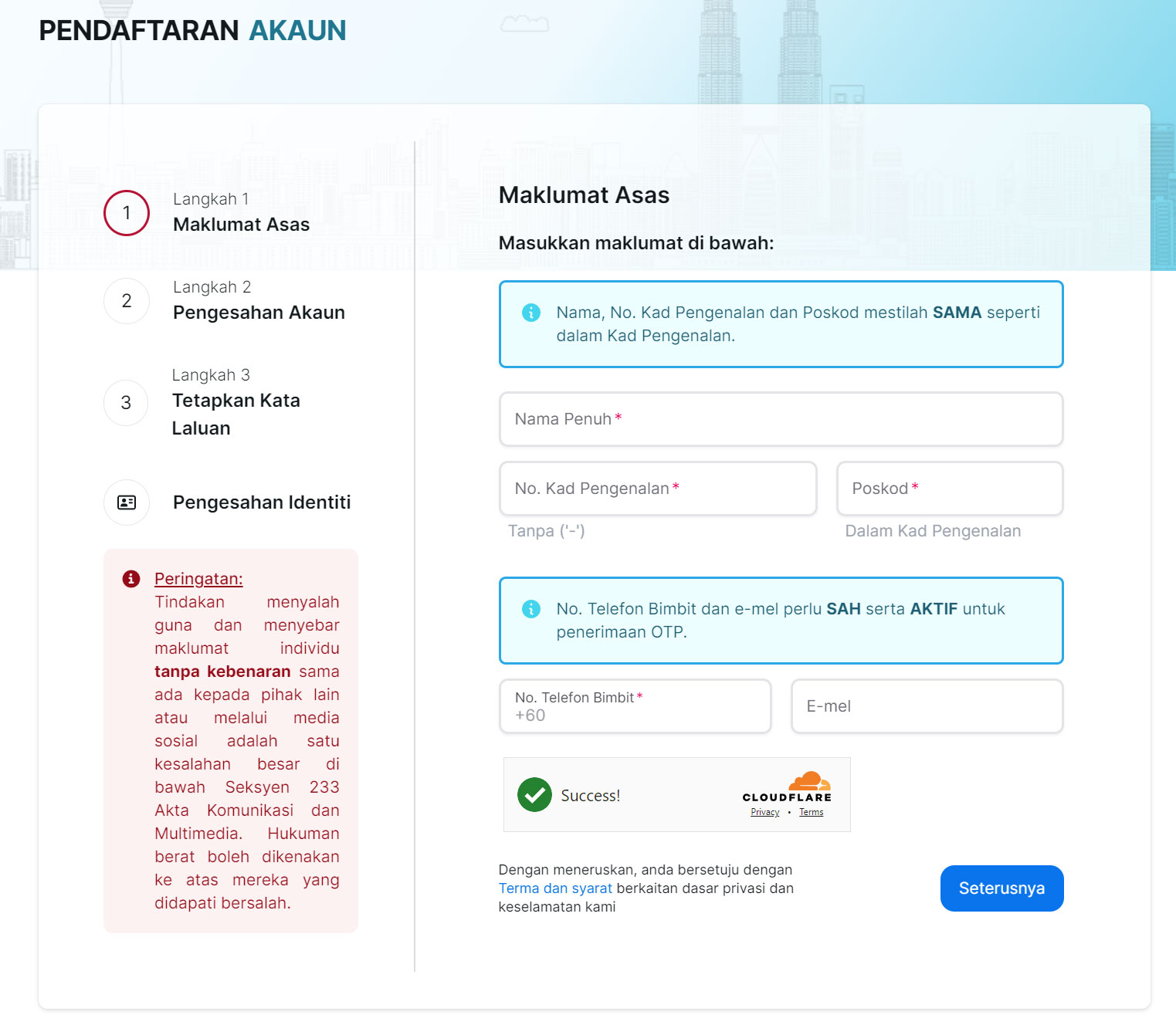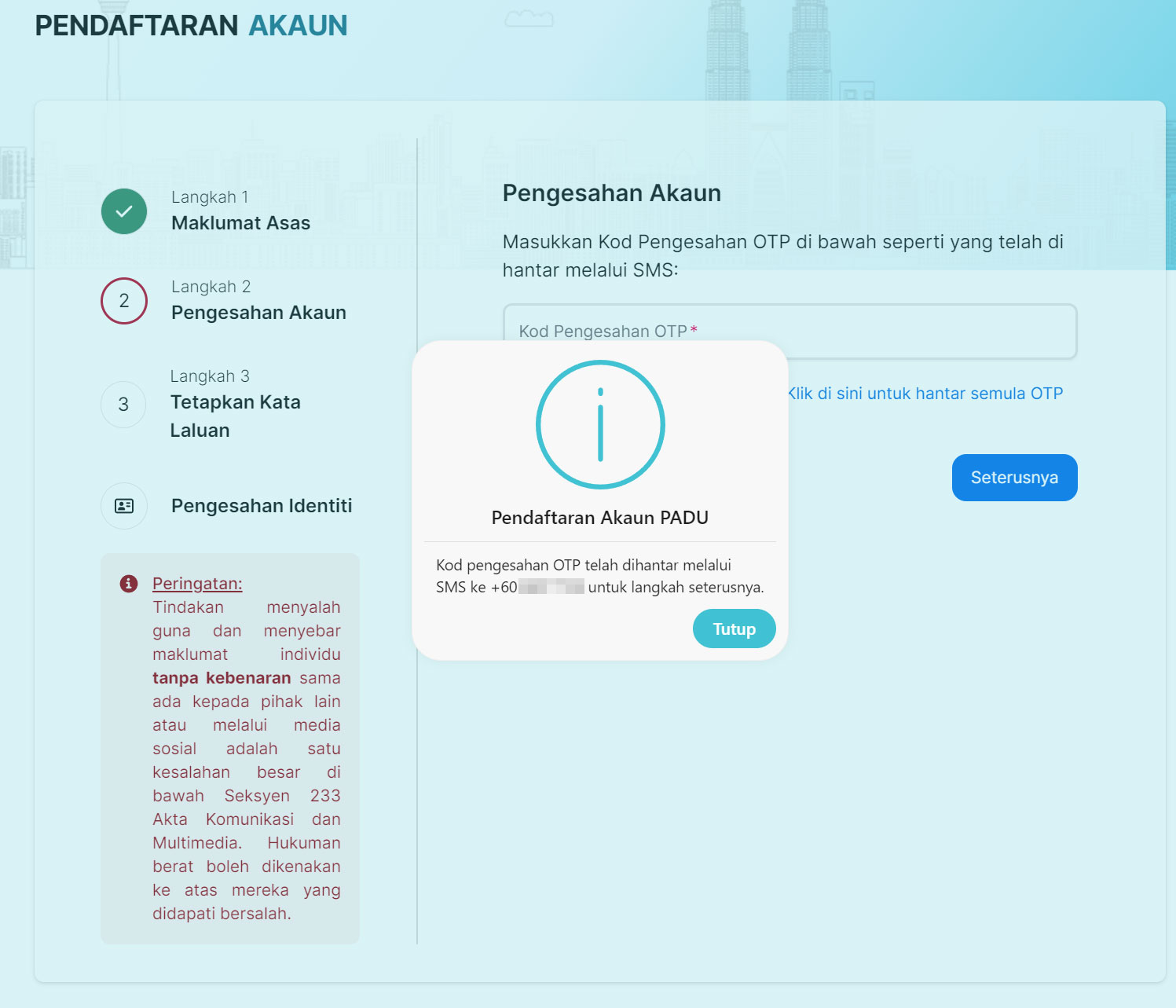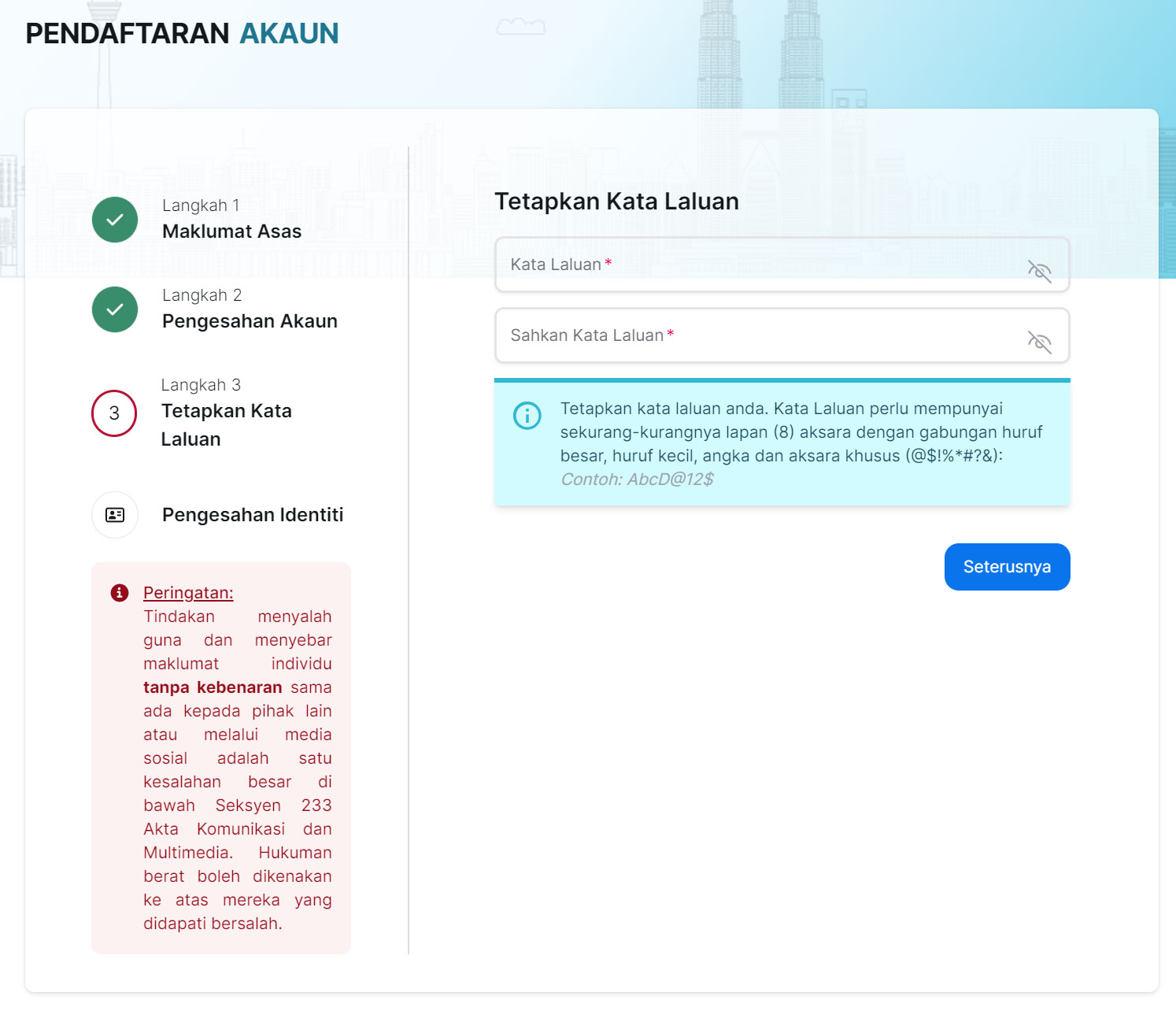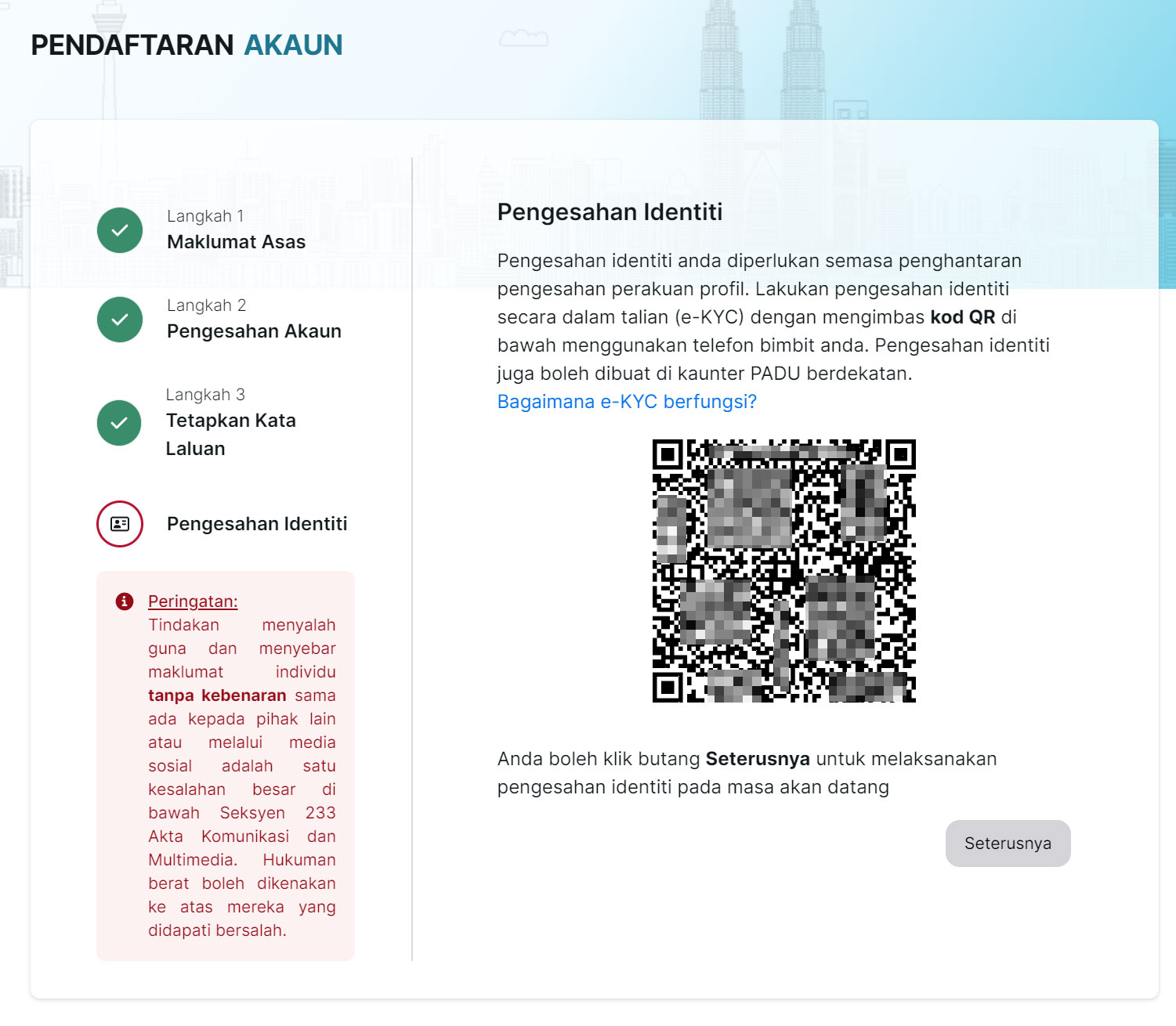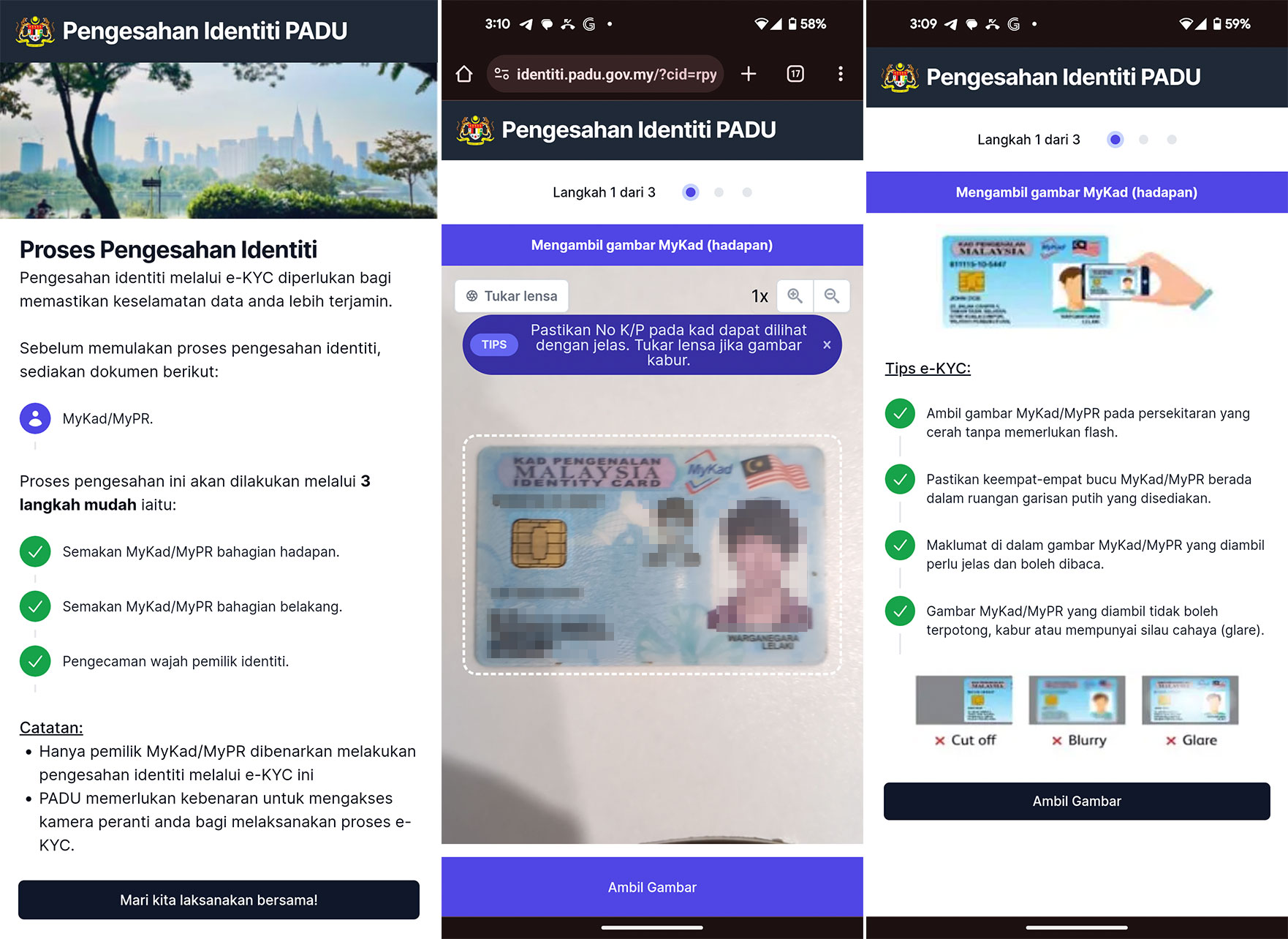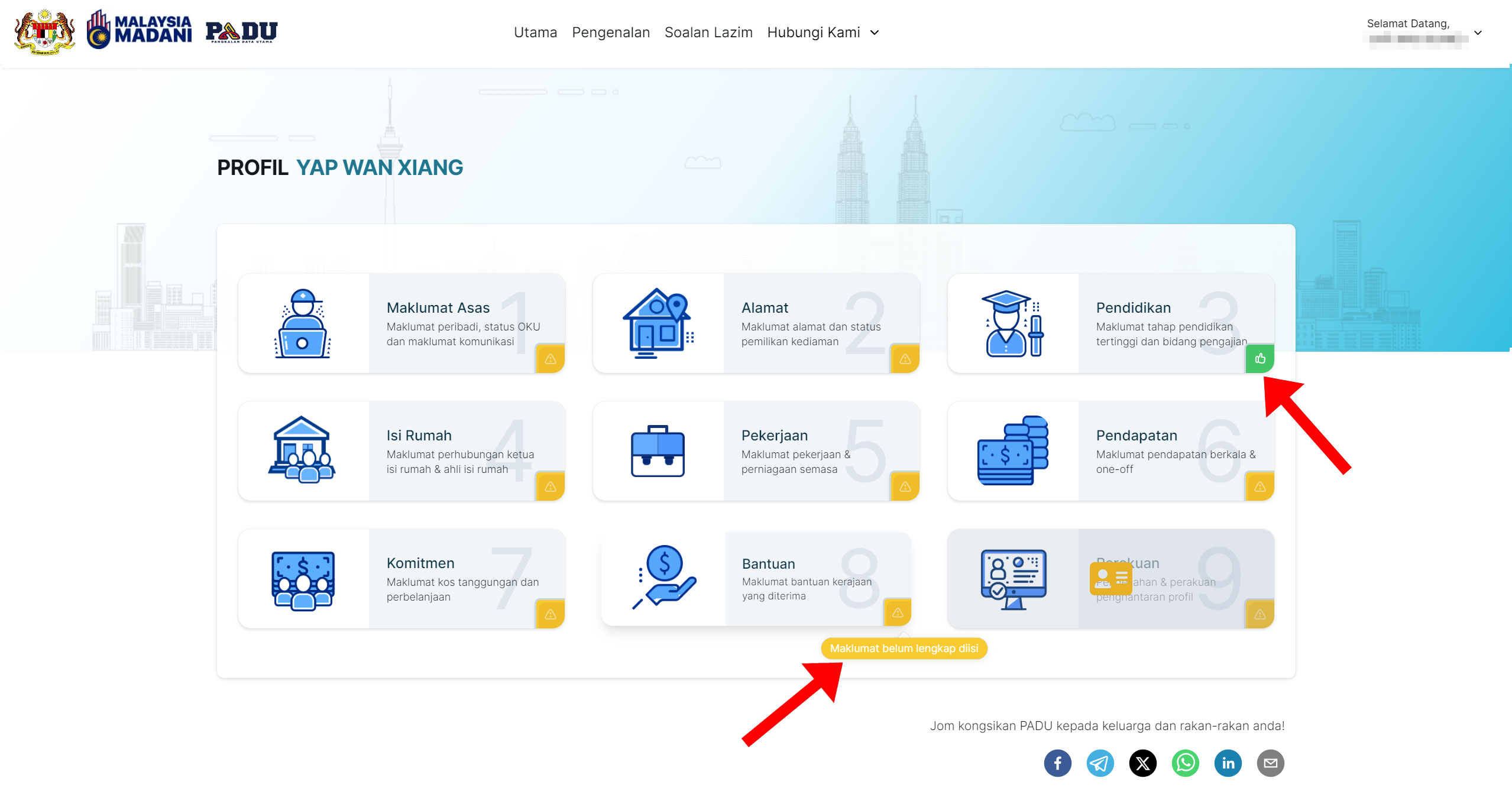Why Do You Need To Register A PADU Account & How To Do It? Here's All You Need To Know
If you're wondering whether you need to register a PADU account, this article is for you.
The Pangkalan Data Utama (PADU) was officially opened to the public on Tuesday, 2 January
But what exactly is it? And do you and your family members need to register an account to avoid missing out on benefits provided by the government?
This story explores all that and more.
PADU, known in English as the Central Database Hub, is a government database containing individual and household profiles of citizens and permanent residents in Malaysia
It was created through a collaborative seven-month endeavour involving the Economy Ministry, the Department of Statistics (DOSM), and the Malaysian Administrative Modernisation and Management Planning Unit (MAMPU).
The data was sourced from over 270 government agencies, but it does not include information from banks as doing so is prohibited under the Financial Services Act, confirmed Economy Minister Rafizi Ramli.
He added that the the centralised database system was built entirely by civil servants without additional spending on external consultants and contractors, so you can rest assured no third parties have direct access to your information.
It aims to support the government in making data-driven policies and decisions, facilitating targeted implementation.
In late December last year, Rafizi said that PADU would be used to implement the much-anticipated targeted subsidies for RON95 and diesel, which is expected to be rolled out in the second quarter of this year.
Other government initiatives that will be rolled out utilising PADU include Bantuan Tunai Rahmah (BTR). It is expected that all future government financial aid programmes will utilise PADU for implementation.
With PADU, it appears that the 'engines' of the entire government will run in a more unified and efficient manner, geared towards better serving citizens and permanent residents in Malaysia.
But do I really need to register for a PADU account?
Like many government initiatives, it is always encouraged to do so to help the government achieve its aspirations, which, in this case, involves providing a comprehensive database for policymakers to formulate better initiatives.
Currently, DOSM conducts a census, specifically the Population and Housing Census of Malaysia, every five years, with the last report published in 2020.
It is an incredibly important piece of document that details the population's age, gender, race, education level, income, and geographic location, among other things.
Empowered by the Census Act 1960, DOSM makes it compulsory for all members of the public to participate and answer all questions on the census.
As far as we know, while PADU does not intend to replace the various census reports that DOSM produces, it serves as a comprehensive repository of data updated in "near real time", enabling the government to take a more timely, evidence-based approach in policymaking.
This is just one aspect highlighting how PADU can enhance government efficiency.
With all that said, the economy minister said it is not compulsory for the public to sign up and update their information on PADU, as the government already possesses data from various agencies. However, voluntary participation would certainly be beneficial.
Who can register for a PADU account?
Anyone aged 18 and above is eligible to register a PADU account.
Rafizi explained that a phone number registered with PADU can activate up to five accounts, allowing a household member to register on behalf of their family members.
So, indeed, you can register a PADU account for your elderly parents.
How do I register a PADU account?
– Follow the instruction on the screen to complete the eKYC process
– Make sure you take photos of your MyKad (front and back) in well-lit conditions with no visible glare on the card
– Below are the screenshots of the steps you need to complete
7. If you do not wish to register via online, you may visit these locations to open an account in person.
How do I verify my details on PADU?
2. Select one of the nine information categories and proceed to verify your details one by one. Be sure to click 'Simpan' (Save) after you edit any information.
3. Verified categories will appear in green, while those pending verification will be highlighted in yellow.
Based on this writer's personal experience, PADU did not have his bank account details, even though the information was previously provided to the Inland Revenue Board (LHDN).
It also does not show the type of ewallet he uses, despite having received the RM100 eMADANI payout in December 2023.
Additionally, PADU has strangely listed this writer as possessing a 'Sijil Kemahiran Khusus Dan Teknikal', despite holding a bachelor's degree, which should fall under the category of 'Sijil Daripada Universiti Atau Yang Setaraf' on the website.
It is likely that some details might be outdated or incorrect for you as well. Take the time to review the nine categories of information on the website to ensure accuracy.
Should I worry about PADU's security?
This is up to you to decide, but here is what you need to know.
Within the first day of the launch, PADU was criticised by DAP lawmaker Dr Ong Kian Ming and many IT experts for its security flaws.
Ong claimed users who registered with PADU in the first few hours were able to bypass the eKYC process. He tried creating accounts with his fellow DAP members' MyKad numbers and postcodes and was able to alter their information on the website, reported the New Straits Times.
However, the problem appears to have been resolved after Rafizi acknowledged the issue and updated the public about the fix in an X post this morning, 3 January.
A developer also took to X to highlight PADU's password flaw, prompting the Economy Ministry to respond to the thread and acknowledge the issue. The problem was later resolved.
Whether you are registering a PADU account now or later, be sure to do so using a secure Internet connection and on a trusted device.



